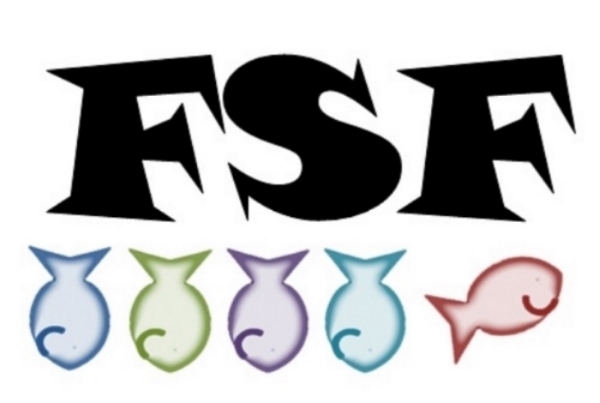Have I been waiting for this film for decades? Yes. Did it meet my expectations? Well, I kept my expectations low. That having been said, here’s my brief review.
In case you don’t know the general plot, Lydia, Delia, and Lydia’s daughter, Astrid, are returning to Winter River for Charles’s funeral after he was eaten by a shark. Lydia and Astrid have a strained relationship due several plot points (Lydia’s work on a cheesy paranormal investigator television program, the death of Astrid father/him not being a ghost Lydia can see, and Lydia’s boyfriend/TV manager. Over the years, Lydia has been worried about the return of Beetlejuice who has been waiting for the right opportunity to finally force her into their marriage contract. In the meantime, Beetlejuice and an army of shrunken head guys have been running a bio-exercism business that apparently no on in the Netherworld is fine with now. Adding to these events are two additional complications: Beetlejuice’s ex-wife and Astrid’s first boyfriend. Oh and they through in some more lip syncing scenes for good measure.
Warning SPOILERS AHEAD.
Like, major spoilers.
Seriously, have you watched the movie yet? No, then stop reading.
I’m assuming you’ve seen the film if you are still reading. Here we go.
Things I was annoyed at:
Delia and Lydia should’ve known there was a “murder house” in Winter River. It’s not like the family wasn’t probably still living there in the 90s. This could have been easily fixed with Lydia just saying, “Wait! I remember that! THAT was the house?” when Little Jane told her about it.
Lydia only mentioned Barbara and Adam Maitland once. They were her second set of parents. She was ready to commit suicide knowing they would be on the other side to take care of her. Lydia should have at least mentioned them few more times under her breath and had their wedding photo or sheets photos somewhere in her possessions.
Things I really liked (honestly, I liked most of the movie but these were the standout moments):
Lydia’s ex-husband covered in piranhas.
The entire Mario Bava flashback sequence.
The stop-motion animation scenes.
Monica Belushi’s look (she wears staples now).
Willem Defoe constantly being handed cups of coffee (can he even really drink it? he’s dead.)
The fact that Beetlejuice does NOT go to Hawaii.
The idea of Jeffrey Jones not having a head.
Winona Ryder’s wardrobe.
Jenna Ortega as less-goth than her mom, but still morbid, teenager.
Beetlejuice letting Lydia use his powers for a moment of revenge.
Michael Keaton and Bryan Adams being a collaboration I never knew I needed.
All lines and jokes spoken by Catherine O’Hara.
Hey, does anyone else have MacArthur Park stuck in their head? Or more importantly, is anyone else’s brain trying to automatically replace the lyrics with the Weird Al parody song? Just wondering.










